We've uncovered the difference between atoms, molecules and elements...
And this has us thinking...how can odors be different from one another?
Well, they must be made of different elements, right? We used two simulations to help us uncover more about the Periodic Table of Elements. And boy, did we have a lot of questions...next week we'll be building and analyzing different models that help us explain different odors!
And this has us thinking...how can odors be different from one another?
Well, they must be made of different elements, right? We used two simulations to help us uncover more about the Periodic Table of Elements. And boy, did we have a lot of questions...next week we'll be building and analyzing different models that help us explain different odors!
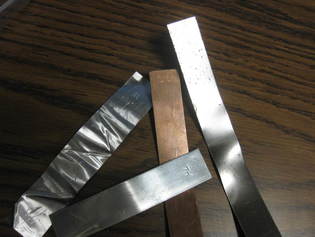
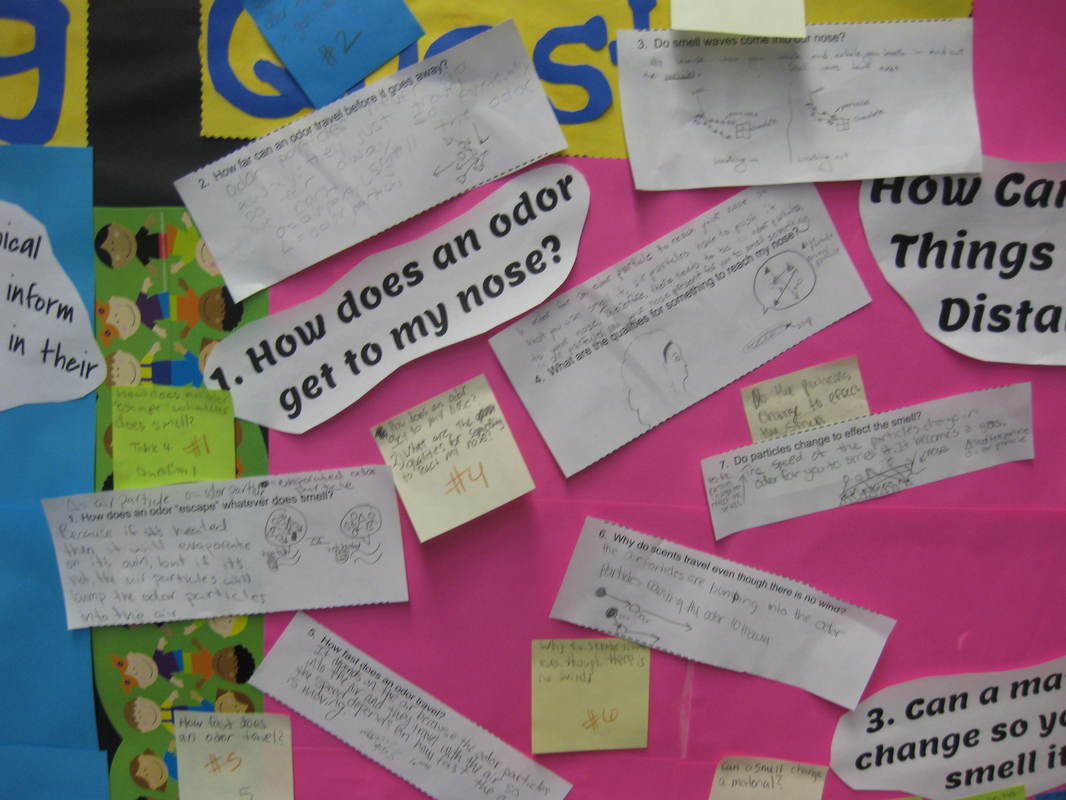
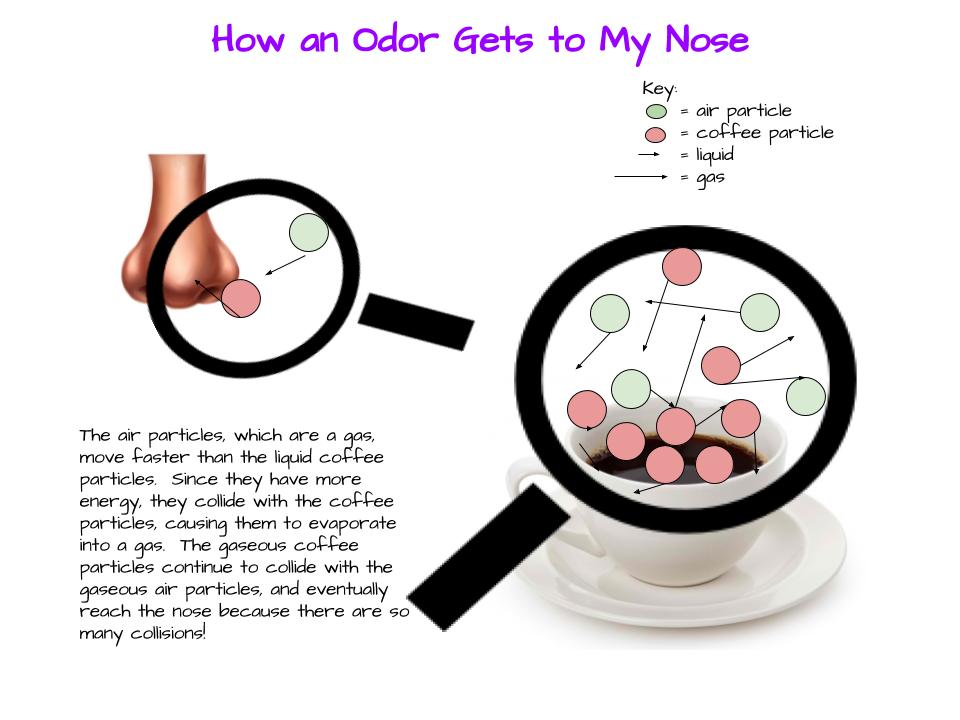
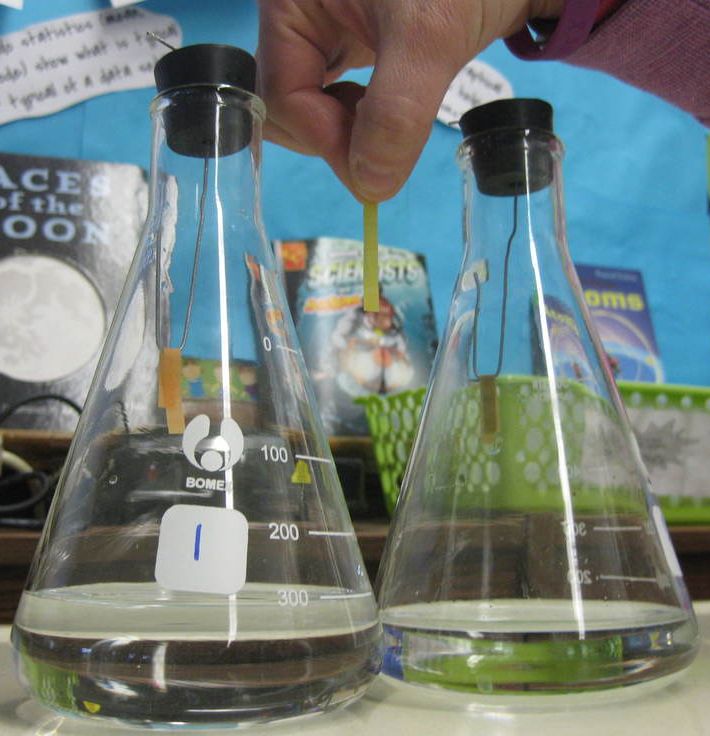
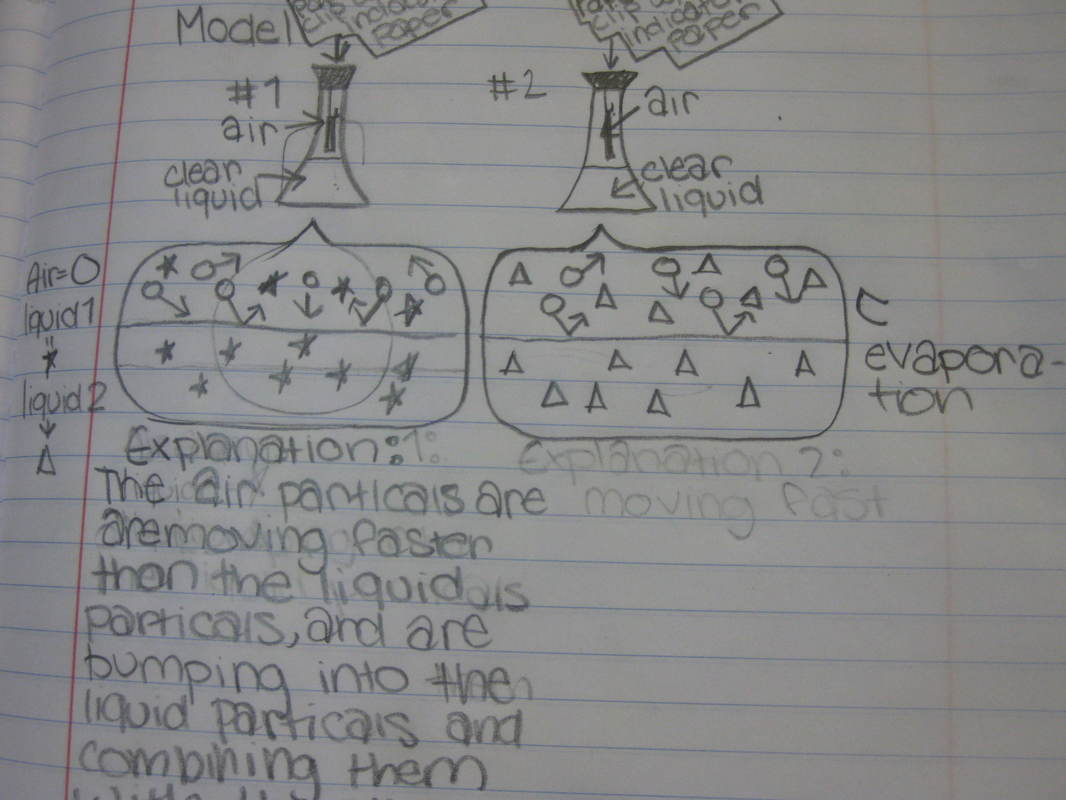
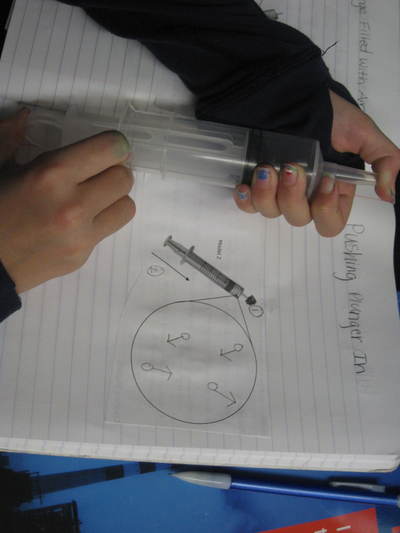
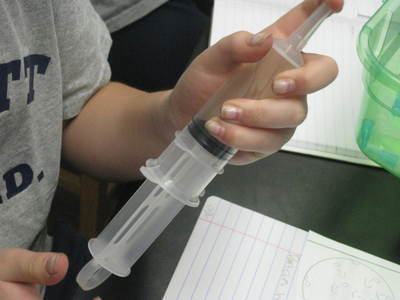
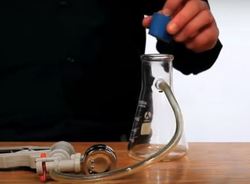
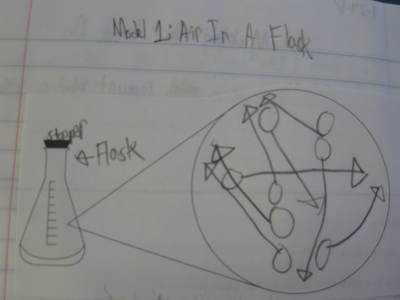
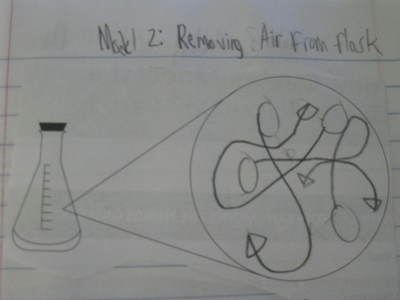
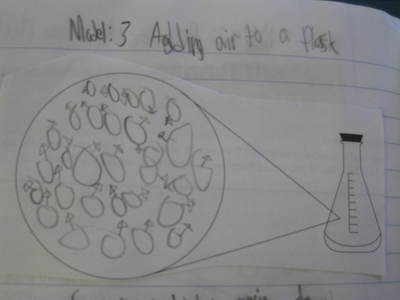
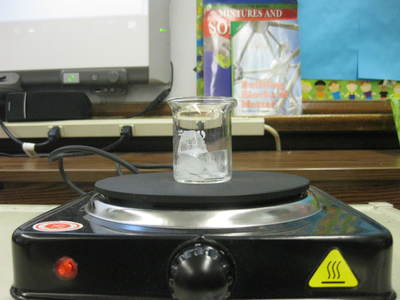
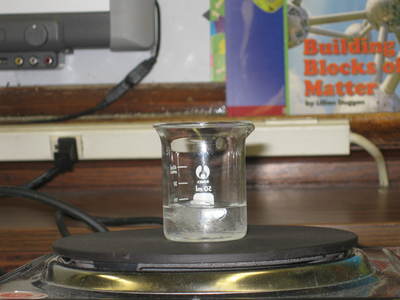
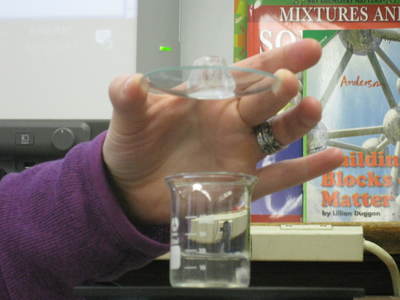

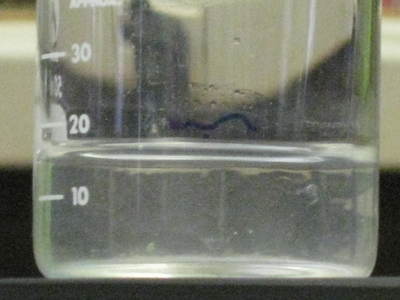
 RSS Feed
RSS Feed